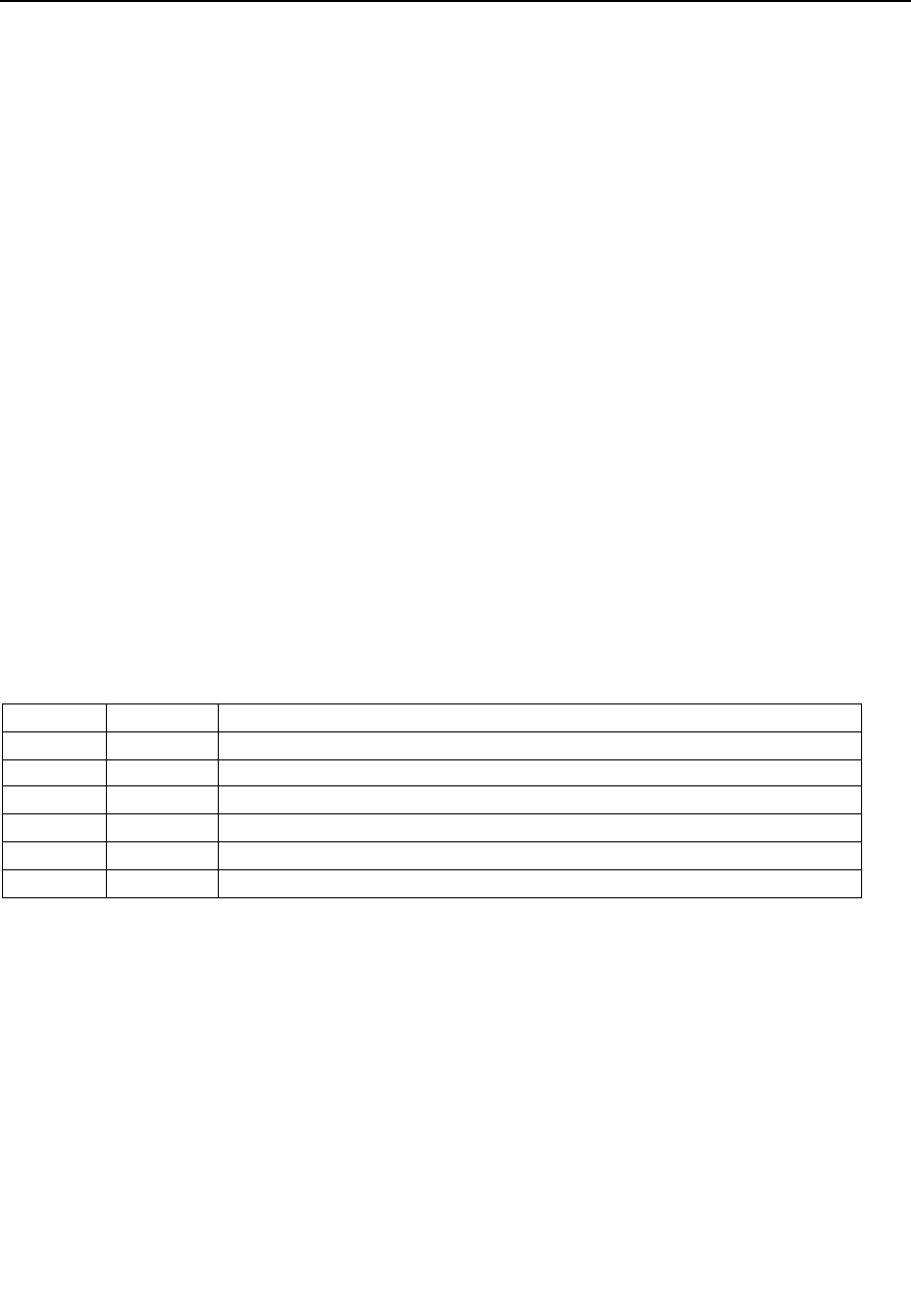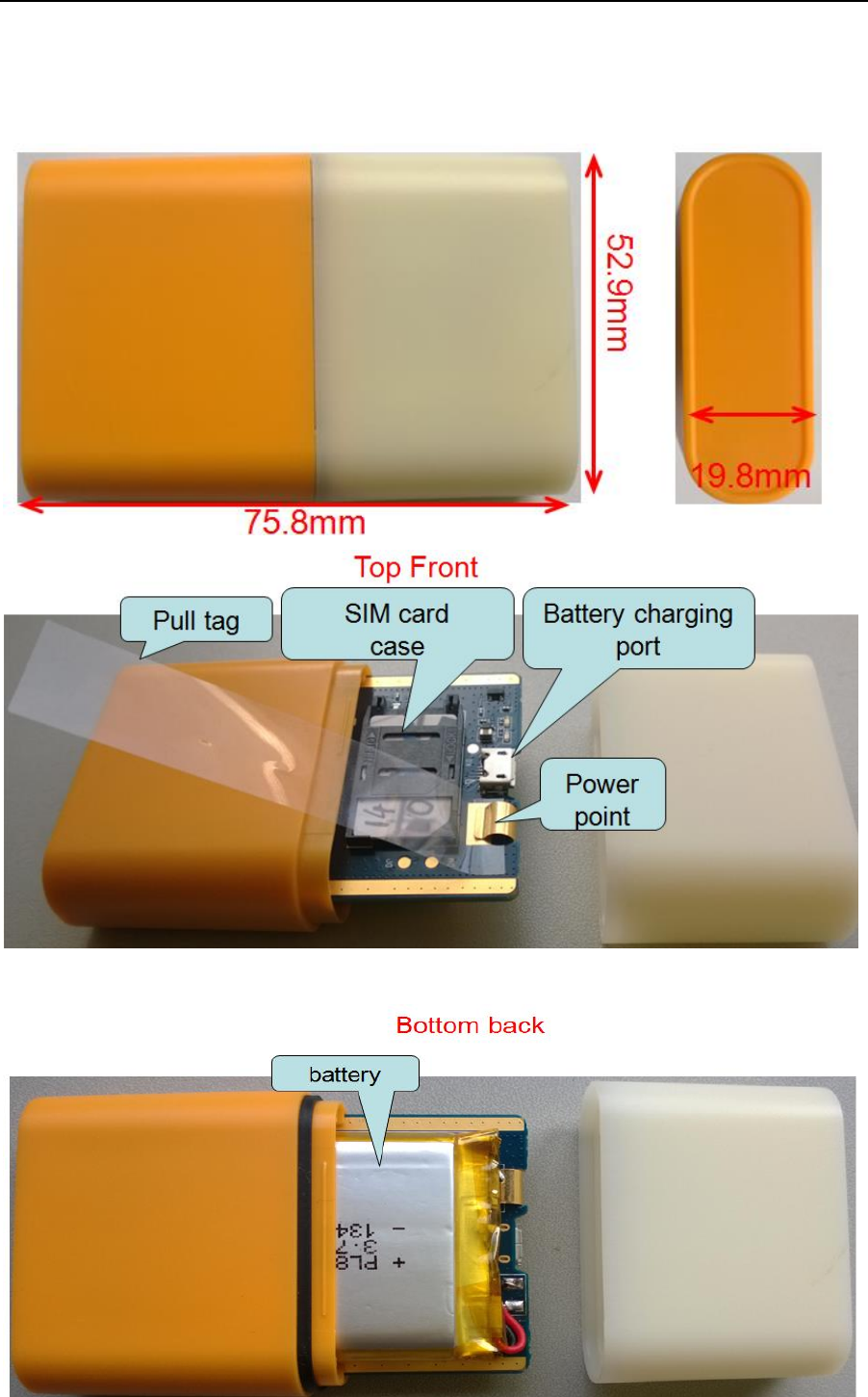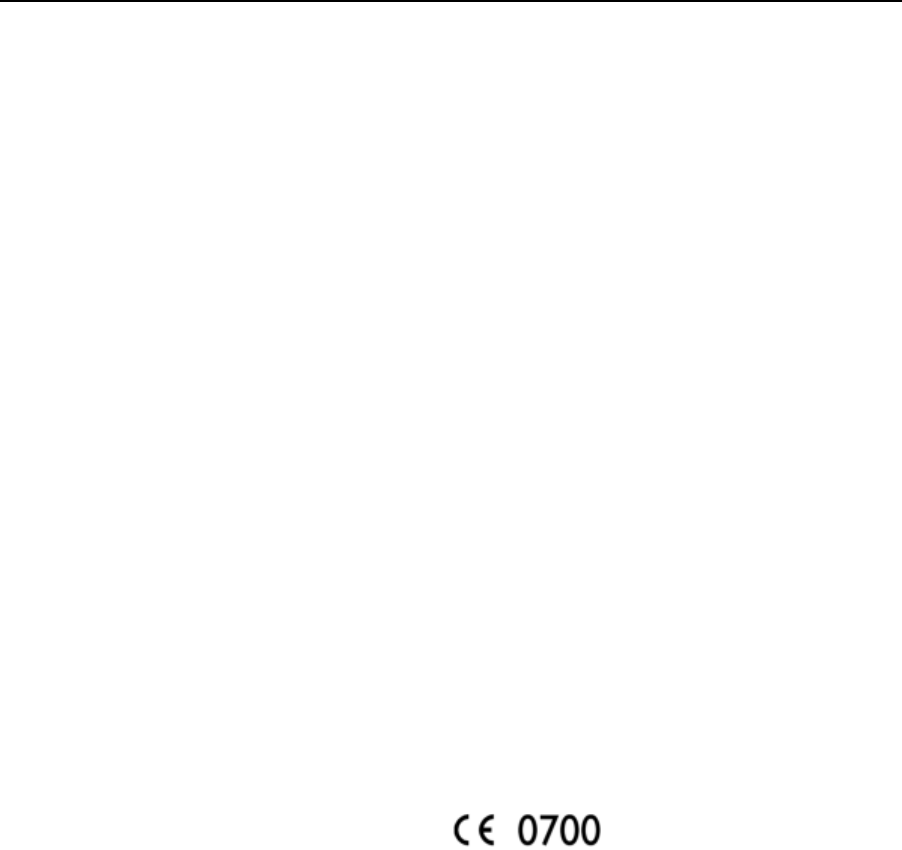Emerson Digital Cold Chain 101006 2G Tracker User Manual
Locus Solutions LLC 2G Tracker
User manual

Confidential Preliminary-Subject to Change
2013 Locus Solutions Page 1 of 6
User manual
Model Name: SmartTraxx go 1.1
By
Locus Solutions
December 22, 2015
Revision History
Revision
Date
Description
X1.00
12/22/15
Initial Release

Confidential Preliminary-Subject to Change
2013 Locus Solutions Page 2 of 6
Scope
This document is a user manual for the SmartTraxx go 1.1 monitoring temperature device.
Description
The SmartTraxx go 1.1 is a self integrated commercial grade monitoring temperature device that uses
in the cold storages. SmartTraxx go 1.1 is optimized for reliability, cost and size.
All antenna including GSM antenna are internal to the device. Data reporting can be initiated by a
command center or by the device itself via GSM/GPRS, SMS or PDP pathways.
The SmartTraxx go 1.1 is unique in that it is intrinsically expandable. A screw fastened
expansion door secures SIM card access.
The SmartTraxx go 1.1 has a embedded lithium battery, the battery has 1800mAh capacity .
The SmartTraxx go 1.1 is based on chip level design. The application software executes on the base
level Central Processing Unit (CPU) under direct Operating System (OS) control.This approach
provides a much more reliable, lower power and faster response than module/processor architectures.
Unlike in common module/processor based designs; the SmartTraxx go 1.1 design allows direct
operating system access by the application, thus mitigating the need for a redundant external
processor.
For added monitoring temperature application ,a temperature sensor IC oversees the SmartTraxx go
1.1 system operation.
The SmartTraxx go 1.1 Device can be provisioned for UDP and SMS data services for both
application command and data transactions within the 850 & 1900 or 900 & 1800 MHz
GSM bands. Network provisioning is done with standard SIM cards.
A separate dedicated one wire UART port is provided for general use as well as
development and programming support. A USB Port that is compliant with Version 2.0 of the USB
standard for high speed operation is provided for upgrade/download the program.
The power input, ground that are provided by the internal lithium battery that supports connection
of a rechargeable battery.
Over The Air (OTA) application firmware updates are supported through at TFTP connection to a
server. The entire image can be updated using one simple command. This includes transient
electrical noise and Electro Static Discharge (ESD).
The SmartTraxx go 1.1 is a small yellow - white box with unremarkable features. Two LED status
indicators
are provided to verify correct installation and initial operation. A unique power management feature
allows these LEDs to be extinguished once installation is verified to be correct. This feature
reduces power.
As with all monitoring temperature device , the SmartTraxx go 1.1 should be used in a Cold
storages that it is a enclosed space . Double sided foam tape can be used to secure the surface not
facing the sky if needed.
Physical Attributes
Figure 1 shows various views of the SmartTraxx go 1.1 Device and its critical physical features.

Confidential Preliminary-Subject to Change
2013 Locus Solutions Page 3 of 6
Figure 1
SmartTraxx go 1.1 Physial Attributes

Confidential Preliminary-Subject to Change
2013 Locus Solutions Page 4 of 6
CE Regulations:
Caution
Risk of explosion if battery replaced aced by an incorrect type.
Dispose of used batteries according to the instructions.
Please make sure the temperature for device will not be higher than 55˚C
The device is tested for typical body worn operation. The minimum distance between the
user and/or any bystander and the radiating structure of the transmitter is 20cm.
Complies with the essential requirements of Article 3 of the R&TTE 1999/5/EC Directive,
if used for its intended use and that the following standards have been applied:
1. Health (Article 3.1(a) of the R&TTE Directive)
■ EN 62311: 2008
2. Safety (Article 3.1(a) of the R&TTE Directive)
Applied Standard(s):
■ EN 60950-1:2006+A11:2009+A1:2010+A12:2011+A2: 2013
3. Electromagnetic compatibility (Article 3.1 (b) of the R&TTE Directive)
Applied Standard(s):
■ EN 301 489-1 V1.9.2/-7 V1.3.1
4. Radio frequency spectrum usage (Article 3.2 of the R&TTE Directive)
■ EN 301 511 V9.0.2
All the reports of the applied standards have the Positive Opinion of Notified Body:
PHONEIX TESTLAB, Königswinkel 10 D-32825 Blomberg, Germany
Identification mark: 0700 (Notified Body) CE
The technical documentation relevant to the above equipment will be held at: Locus Solutions
Applied Standard(s):

Confidential Preliminary-Subject to Change
2013 Locus Solutions Page 5 of 6
FCC Regulations:
●This device complies with part 15 of the FCC Rules. Operation is subject
to the following two conditions: (1) This device may not cause harmful
interference, and (2) this device must accept any interference received, including
interference that may cause undesired operation.
●This device has been tested and found to comply with the limits for a
Class B digital device, pursuant to Part 15 of the FCC Rules. These limits are
designed to provide reasonable protection against harmful interference in a
residential installation. This equipment generates, uses and can radiated radio
frequency energy and, if not installed and used in accordance with the
instructions, may cause harmful interference to radio communications. However, there
is no guarantee that interference will not occur in a particular installation If this
equipment does cause harmful interference to radio or television reception, which
can be determined by turning the equipment off and on, the user is encouraged
to try to correct the interference by one or more of the following measures:
-Reorient or relocate the receiving antenna.
-Increase the separation between the equipment and receiver.
-Connect the equipment into an outlet on a circuit different from that to
which the receiver is connected.
-Consult the dealer or an experienced radio/TV technician for help.
Changes or modifications not expressly approved by the party responsible for compliance
could void the user‘s authority to operate the equipment.
Cet appareil est conforme aux dispositions de la partie 15 des règles de la FCC et des normes CNR
d'Industrie Canada sur les appareils radio exempts de licence. Son utilisation est assujettie aux deux
conditions suivantes : (1) Cet appareil ne doit pas causer d'interférence nuisible; et (2) cet appareil
doit accepter toute interférence reçue, y compris l'interférence qui pourrait causer un fonctionnement
non désiré. Cet équipement a été testé et jugé conforme aux limites d'un appareil numérique de la
Classe B, en vertu de la partie 15 des règles de la FCC et de la NMB-003 canadienne. Ces limites
sont conçues pour fournir une protection raisonnable contre l'interférence nuisible dans une
installation résidentielle. Cet équipement génère, utilise et peut émettre de l'énergie radiofréquence et,
s'il n'est pas installé et utilisé conformément aux instructions, peut causer une interférence nuisible
aux communications radio. Toutefois, il n'est pas garanti que l'interférence ne se produira pas dans
une installation particulière. Si cet équipement cause une interférence nuisible à la réception radio ou
de programmes de télévision, laquelle peut être déterminée en éteignant et en allumant l'équipement,
l'usager est encouragé à essayer de corriger l'interférence par l'une ou plusieurs des mesures
suivantes.
• Réorientez ou relocalisez l'antenne de réception.
• Augmentez la séparation entre l'équipement et le receveur.
• Connectez l'équipement à une prise sur un circuit différent de celui auquel de le receveur est
connecté.
• Consultez le vendeur ou un technicien radio/de télévision pour obtenir de l'aide. La FCC ou
Industrie Canada peut vous obliger à arrêter d'utiliser votre appareil si une telle interférence ne peut
pas être éliminée. SmartTraxx go 1.1 n'a pas approuvé les changements ou modifications apportés à
cet appareil
par l'usager. Tous les changements ou modifications apportés peuvent entraîner la révocation de
l'autorisation d'utilisation de l'appareil.
RF Exposure Information
This device complies with FCC radiation exposure limits set forth for an uncontrolled
environment. In order to avoid the possibility of exceeding the FCC radio frequency
exposure limits, human proximity to the antenna shall not be less than 20cm (8 inches)

Confidential Preliminary-Subject to Change
2013 Locus Solutions Page 6 of 6
during normal operation.
IC Notice
This device complies with Industry Canada license-exempt RSS standard(s). Operation is
subject to the following two conditions:
(1) this device may not cause interference, and
(2) this device must accept any interference, including interference that may cause
undesired operation of the device.
Le présent appareil est conforme aux CNR d'Industrie Canada applicables aux appareils
radio exempts de licence. L'exploitation est autorisée aux deux conditions suivantes:
(1) l'appareil ne doit pas produire de brouillage, et
(2) l'utilisateur de l'appareil doit accepter tout brouillage radioélectrique subi, même si le
brouillage est susceptible d'en
This Class B digital apparatus complies with Canadian ICES-003.
Cet appareil numérique de la classe B est conforme à la norme NMB-003 du Canada.
IC: 10124A-101006
IC Exposure Information
This device complies with IC RSS-102 radiation exposure limits set forth for an uncontrolled
environment. In order to avoid the possibility of exceeding the IC RSS-102 radio frequency exposure
limits, human proximity to the antenna shall not be less than 20cm (8 inches) during normal
operation.
Cet appareil est conforme aux limites d'exposition aux rayonnements de la IC CNR-102 définies pour
un environnement non contrôlé. Afin d'éviter la possibilité de dépasser les limites d'exposition aux
fréquences radio de la IC CNR-102, la proximité humaine à l'antenne ne doit pas être inférieure à 20
cm (8 pouces) pendant le fonctionnement normal.